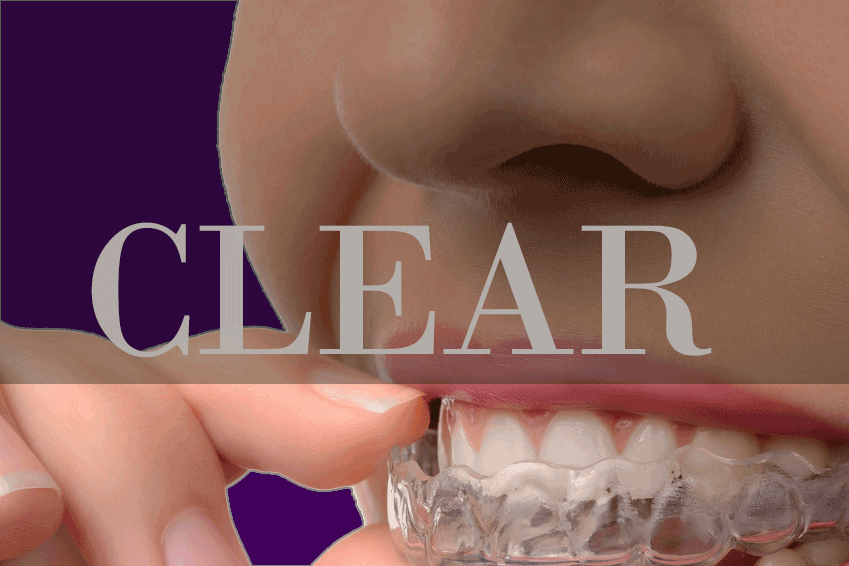Perhaps you or your friends have been talking about clear aligners as an alternative to traditional braces. Fact is, both can do a great job of straightening teeth, but which one is right for you? Here’s a helpful review of what clear aligners do, plus, nine things to consider before making your decision.
Let’s get it straight
For the uninformed, just what are clear aligners, and what do they do?
Now for the nine things to consider…
Number 1. Everyone’s a candidate – maybe
Generally, clear aligners work for most people, but there are issues that may prevent them being right for you. These include a history of gum disease, TMJ Pain, and teeth that are loose. Ask your dental practitioner for a complete examination of your mouth, consideration of your dental and medical history, and your lifestyle requirements.
Number 2. Clear aligners versus braces
Clear aligners can handle a variety of alignment issues, but for certain conditioners, traditional braces are the better choice. These would include serious teeth overcrowding and twisted teeth. If these are not a problem, one of the main advantages of clear aligners is the comfort factor, as the absence of brackets and wires prevents irritation.
Number 3. A dentist or an orthodontist can treat you.
If your dentist offers a particular clear aligner system, you can be confident in his or her ability to treat you. However, if your case requires additional orthodontics, or the case is complicated, you may end up in the hands of an orthodontist. You and your dentist can decide what the right choice is for you, and also what makes you most comfortable.
Number 4. “How do I pay for this?”
Of course, it is important to be aware of the costs – clear aligner treatments range from $2,000 to $7,000 – and what you can afford. Check with your insurance company to see if you can receive at least partial coverage. Also, look at financing options through your practitioner’s office, and through your bank.
Number 5. Are your teeth ready for take-off?
It is crucial you make sure your teeth are in stable condition before starting treatment. Have your teeth been cleaned? Cavities filled? Are your gums in good shape? Changes in your mouth caused by these issues can throw off the accuracy of the clear plastic trays.
Number 6. Can you handle it?
Clear aligners may require wearing for up to 22 hours a day. You have to remember to put them back in after brushing/flossing, etc. Are you up to the challenge? Otherwise, traditional braces may be the better choice for you.
Number 7. Even faster treatment
The FDA approved a device called AcceleDent that helps your teeth move faster by applying gentle pulses to them. The company claims to reduce treatment times by up to 50%, but it does add more cost to your treatment. Ask your practitioner about this breakthrough, and whether he or she offers it, or likes it. Here’s a quick video about that from the manufacturer…
Number 8. Don’t try this at home (or away).
When you wear clear aligners while you eat and drink, it’s a good bet that food and liquids will make their way between the tray and the teeth, then set in under pressure to cause staining, decay, and bad breath. Yuck! It’s a “must” to remove your aligners before dining, then remember to brush and floss before replacing them. If this sounds too inconvenient, consider traditional braces.
Number 9. “It ain’t over, till it’s over.”
Subsequent to treatment with trays, retainers will be worn, usually all the time for the first three months, then just at night. But remember, retainers are worn after traditional braces, too.
In summary, take a look at your preferences, your dental condition and lifestyle. Weigh your options with the help of your practitioner, and get a great smile, your way!
Source: Woman’s Health
















